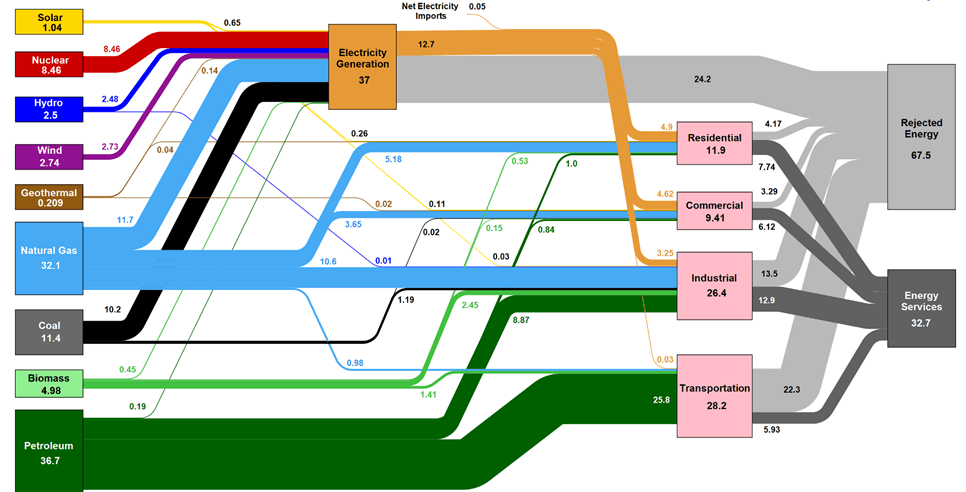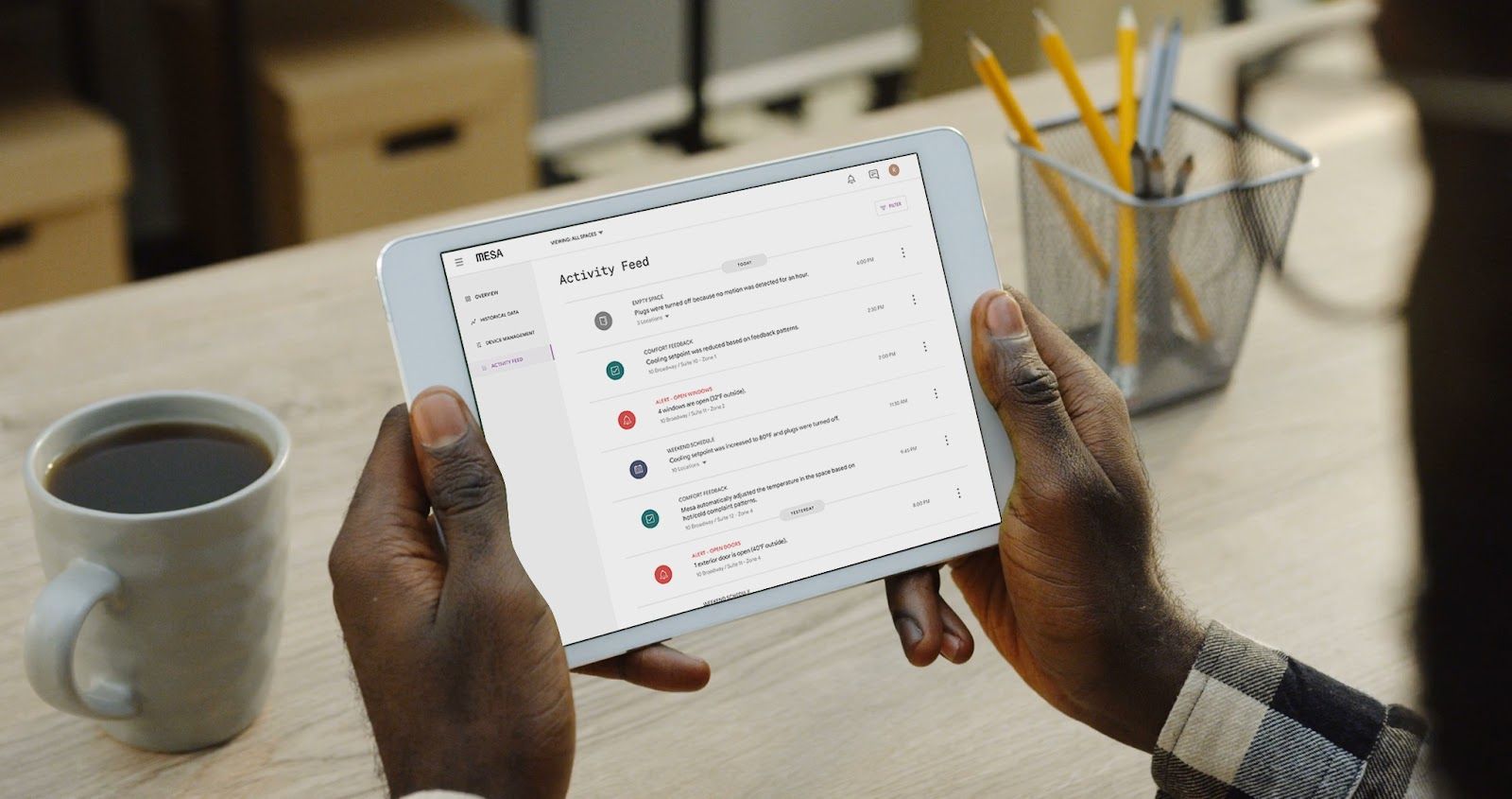Mesa
How Can NYC’s Commercial Buildings Prepare For New Energy Regulations?
A summary of the fireside chat between Rachel Steinberg, Head of Mesa at Sidewalk Labs, and Hines VP Michael Izzo on changing energy regulations in New York City.
By Aravind Kumar
Contact us to learn more about Mesa
Contact UsThe New York City government is introducing new energy regulations to meet its ambitious goal of reducing 80 percent carbon emissions by 2050. Its building emissions law, Local Law 97, while laudable for its sustainability ambitions, will be a large disrupter in the commercial real estate market. As this handy Urban Green Council summary explains, the legislation sets carbon emission caps for energy use in large buildings starting in 2024 and will require buildings with more than 25 thousand square feet of space to pay fines of $268 per metric ton if they exceed their annual limit on emissions.
Keeping this significant regulation and its impact in mind, the Mesa team here at Sidewalk Labs organized a fireside chat on July 13 between Rachel Steinberg, Head of Mesa, and Hines VP Michael Izzo to discuss how commercial building owners and tenants should think about approaching compliance, including what measures they’ll need to ramp up in the near future.
Both speakers agreed it is important to start by looking at how energy is currently used in New York City. Though only three percent of the city’s building stock is classified as commercial buildings, they account for around 30 percent of the city’s carbon emissions. Half of these emissions are caused by HVAC systems and “plug loads” or plugged in devices. This is evident when lights are left switched on in buildings through the night or when air conditioning leaves an office environment far colder than is comfortable for most office workers. The speakers both noted that older buildings are often not smart enough to adapt to changes on the fly, causing emissions in excess, and wasted energy that could have been re-used elsewhere.

This image shows the resource flows in the energy sector and how they get utilized. For every unit of energy we manufacture, 67 percent gets wasted. This proves there is a huge potential to reuse wasted energy. Source: EPA
So what is Rachel and Michael’s advice on how owners can approach this challenge and help their buildings get more energy-efficient? Here are three key takeaways from the session:
Get Good Data: You can’t improve what you don’t measure. Start by establishing a baseline with good data so you know how your building is operating today. You can do this via more expensive building upgrades or by using inexpensive IoT devices, like Mesa, which can quickly give you insight into how your building is operating. Mesa by Sidewalk Labs is an affordable and easy-install kit to cut energy waste in commercial buildings, bridging the gap between regulation and action. A solution like Mesa will help you pinpoint where the shortcomings are and open up opportunities to reutilize energy instead of wasting it.
Collaborate across teams: Their second piece of advice was for all the stakeholders of the building to work together. While landlords have a lot of expertise in managing the building, tenants use the space and sometimes decide which control system to use. Having a well-defined set of ground rules with all the building stakeholders aligned around compliance and sustainability will set commercial building owners up for success.
Make data-driven decisions: There are three layers of useful data that enable decision making: strategic, operational, and tactical. Tactical data, such as information at the device level, can give you visibility into metrics such as building occupancy. Operational data, such as trends and reports, can help building managers identify opportunities for improvement across all systems and at a building level. Strategic data integrates the insights around systems such as HVAC with the financial impact on the building’s bottom line. By using a solution like Mesa you can gather all three kinds of data to understand the larger picture — and then make decisions that will help your commercial building cut cost savings, improve tenant comfort, and comply with regulations.

Mesa automatically adjusts your HVAC and plug loads using data on occupancy, occupant preferences, and weather patterns.
As the New York government introduces Local Law 97 for commercial buildings in the coming years, you can prepare to achieve compliance by gaining the right insights through an IoT solution like Mesa, involving all the stakeholders in your building early in the discussions, and making data-driven decisions that will set you up for success. You can check out more information on our webpage, which includes regularly updated resources to help commercial buildings tackle LL97.